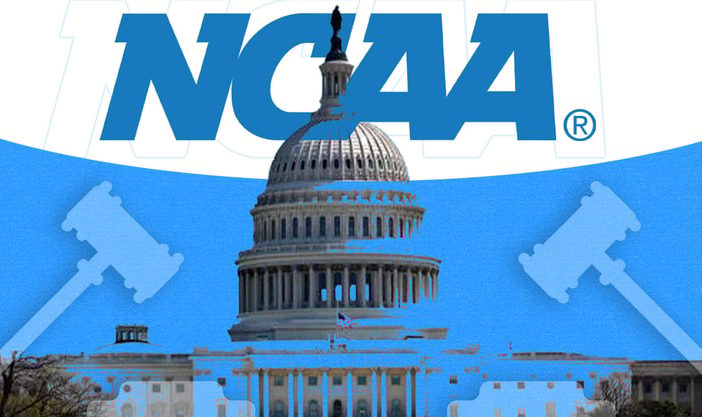Like
Like Love Haha Wow Sad Angry
1
(ThyBlackMan.com) Just as Name, Image, and Likeness, or NIL, signaled historic changes in college sports years ago, there is a bigger change coming. During May 2024, college sports news several decades in the making occurred as the National Collegiate Athletic Association, known best as the NCAA, and the “Power Five” conferences of the ACC, Big Ten, Big 12, SEC and Pac-12 announced a multibillion–dollar agreement on the House v. NCAA antitrust case. The $2.8 billion settlement in the House v. NCAA case has substantial implications anchored by revenue sharing and the significant increase of roster sizes.
Following that settlement, the NCAA and the commissioners from those Power Five conferences wrote in a joint statement that, “The five autonomy conferences and the NCAA agreeing to settlement terms is an important step in the continuing reform of college sports that will provide benefits to student-athletes and provide clarity in college athletics across all divisions for years to come. This settlement is also a road map for college sports leaders and Congress to ensure this uniquely American institution can continue to provide unmatched opportunity for millions of students. All of Division I made today’s progress possible, and we all have work to do to implement the terms of the agreement as the legal process continues. We look forward to working with our various student-athlete leadership groups to write the next chapter of college sports.” There are still numerous questions following the House v. NCAA settlement, with other NCAA antitrust cases also in development but it is clear that things are moving in favor of direct athlete pay of collegiate athletes.
For decades, the idea of “student-athletes” being “fairly” compensated through their scholarship was the standard notion that even much of the public supported. However, that has changed with big-time college sports like college football’s TV contracts and the amount of money that NCAA basketball’s “March Madness” produces in sponsorships, TV deals, and advertising. Even high-level head football and head basketball coaches in major conferences like the SEC and Big Ten make comparable money to their counterparts in the NFL and NBA on an annual salary basis. In a society in which the disparities of wealth are more apparent than ever, it is glaring that the athletes who perform on the field or court not receiving a piece of the billions and billions of money in major collegiate sports is untenable.
Both in court and publicly, the NCAA has fought extremely hard against direct pay-to-play payments from universities to players, but that changes significantly with these antitrust cases. As a condition of the House v. NCAA settlement, athletic departments can begin directly sharing revenue from television contracts and ticket sales with athletes. The revenue sharing model includes a formula that takes 22 percent of the average revenues of Power 5 schools and that amounts to approximately $20 million annually for the athletes. However, there are still a lot of questions about how the revenue sharing will work including the scholarship aspect as well. Also, as a result of the House v. NCAA settlement, the NCAA is expected to reduce operating costs by $18 million a year.
The future of “Group of 5” athletic programs in smaller conferences like the Sun Belt, MAC, and Conference USA is a major question mark as they do not have the financial budgets of schools in the Big Ten, SEC, etc. It is also key that Title IX is addressed because the House v. NCAA settlement does not stipulate how that reported $20 million will be divided between male and female athletes. There is more momentum shifting in college sports to occur in the coming months.
Staff Writer; Mark Hines



